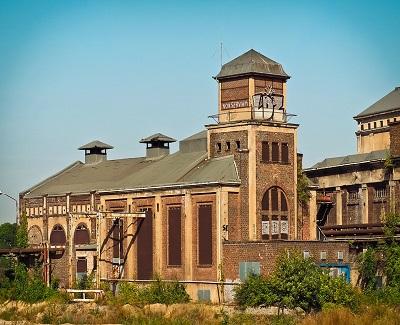Historic homes are without a doubt some of the most charming real estate available. They can also become costly investments due to the maintenance and restoration they sometimes require. If you’ve purchased a historic home and want to revitalize it, here are a few tips to get started with the restoration process.
Make a Plan
Most home renovations don’t go as planned and historic homes are no different. Before getting started, put everything down on paper, from your home’s current condition to the future vision you see. It may seem pointless to create plans, but plans are like an outline. They help you see the overall picture, know what to expect at each step, and how to adjust for unexpected surprises.

Create a Realistic Budget
This goes hand in hand with the plan. Restoring a historic home can get quite costly, especially given some of the complexities you’ll come across in older homes. Recreating or restoring original pieces, hiring people with the expertise to work with an old home, and maybe even having to bring certain things up to code will add up. While it may sound excessive, consider a contingency budget that’s roughly 40 percent of your estimated budget to account for the unplanned.
Overlooking Assets
Historic homes often have good space that is used inadequately, like formal sitting rooms or dining rooms. Before diving into a restoration project, decide if keeping the formal sitting room that no one uses is going to be most beneficial to your family (or any other family that may eventually live here if you sell). There’s lots of opportunity in historic homes to repurpose the space and make it more functional. This is especially true of historic homes with basement and attics, which often aren’t finished but can be turned into livable space a lot of the time.
Ignoring the Outside

It may surprise you, but plenty of people start making home improvement plans without considering the outside. Homeowners most often think of their immediate living space, not what others see at first glance. If you decide to live in a historic home, look at it as part of your ownership responsibilities to maintain a beautiful exterior–the kind people expect when they hear “historic home.” Aside from just looking better, one of the main benefits of facade restoration is curb appeal, which is huge if you ever plan to sell your house.
Having a historic home is a pretty big feat in and of itself, but restoring this home can be quite exciting and challenging as well. There’s no need to be overwhelmed by the daunting task, instead break it down into more manageable concepts. Remember the tips above and start slowly as you restore your historic home.
